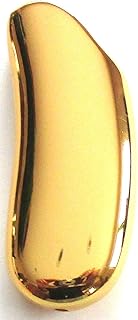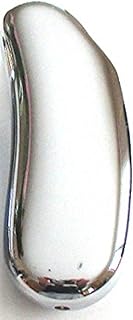BIC Lighter vs. Zippo: Choosing the Right Flame
Both BIC and Zippo are iconic brands in the lighter world, but they cater to different needs and preferences. Here's a breakdown to help you decide which one is right for you:
BIC Lighter:
Pros:
* Affordable: Disposable and very cheap, making them perfect for everyday use.
* Reliable: Simple design with minimal moving parts, ensuring consistent flame.
* Compact: Lightweight and easy to carry in your pocket or purse.
* Widely available: Easily found in most stores, including convenience stores.
* Safety: Child-resistant feature prevents accidental ignition.
Cons:
* Disposable: Not refillable, leading to environmental impact and frequent purchases.
* Basic Functionality: No windproof features, making them less reliable in windy conditions.
* Lack of Customization: Limited design options, no personalization available.
* Limited lifespan: Disposable design means they need to be replaced often.
Zippo Lighter:
Pros:
* Refillable: Durable metal construction allows for repeated refilling, saving money in the long run.
* Windproof: Unique design and fuel provide a reliable flame even in windy conditions.
* Durable: Can withstand rough handling and last for years with proper care.
* Customizable: Wide range of designs, finishes, and engravings available, making it a personal statement.
* Collectible: Vintage and limited-edition Zippos are sought-after collector's items.
Cons:
* More Expensive: Initial purchase price is higher than disposable lighters.
* Bulkier: Larger size and weight make them less convenient for carrying.
* Requires Maintenance: Needs regular refilling and occasional cleaning to maintain optimal performance.
* Not Child-resistant: Requires a deliberate action to ignite, which might not be safe for children.
The Verdict:
* For everyday use and affordability: BIC lighter is the better choice.
* For durability, windproof performance, and personalization: Zippo lighter is the superior option.
Ultimately, the best lighter for you depends on your individual needs and preferences. Consider how often you will use it, where you will be using it, and how much you are willing to spend.


